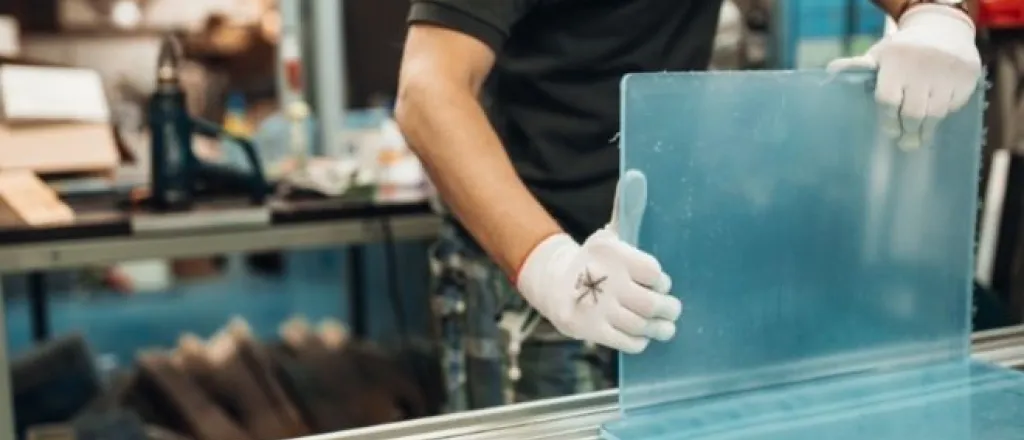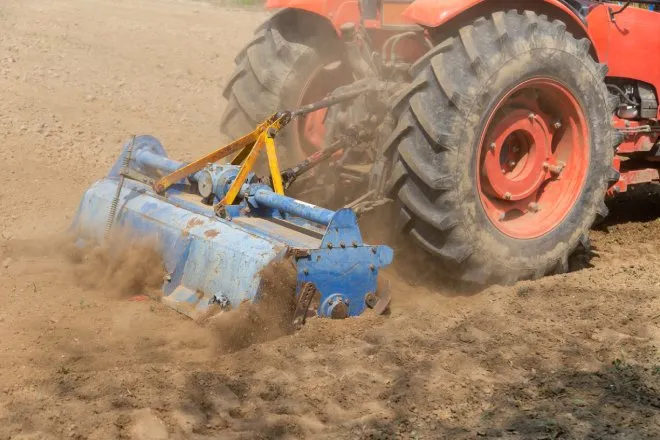
How To Choose the Right Materials in the Fabrication Process
Fabrication is the process of turning raw materials into a finished product. You can achieve this through various methods, including welding, machining, and casting. To produce a quality product, it is essential that you choose the right materials for the job.
This can be tricky, especially if you are not familiar with all the options available. This article will discuss the different types of materials used and how to choose the right materials in the fabrication process. Let's get started!
The Different Types of Materials Used in Fabrication and Their Properties
Many materials can be used in the fabrication process, each with a unique property. Some of the most common materials include steel, aluminum, brass, and copper. Let's take a closer look at some of these materials and their properties.
- Steel is a ferrous metal that is widely used in fabrication processes. It has high tensile strength and is relatively easy to work with due to its ductility.
- Aluminum is another ferrous metal that can be used in fabrication processes, but it does not have as much tensile strength as steel; however, aluminum has good corrosion resistance properties and can be used for outdoor applications.
- Brass is a non-ferrous metal that has good ductility and corrosion resistance properties. It can also serve as an electrical conductor due to its high content of copper in the alloying process. Brass is often used in electronics manufacturing because it has low levels of thermal conductivity, which means that it does not dissipate heat as quickly as other metals.
- Copper is a non-ferrous metal that has excellent electrical and thermal conductivity properties. It also has good corrosion resistance and ductility characteristics, making it popular for many fabrication applications.
- Plastic is a synthetic material that is often used in fabrication processes. It has low weight and good impact resistance properties, making it ideal for applications where high strength is not required. There are dozens of widely-used plastics that make their way into everyday applications, so don’t ignore this option!
How To Choose the Right Materials in the Fabrication Process
To choose the suitable material for your project, you need to consider several factors.
Mechanical Properties
The material’s mechanical properties determine its ability to withstand stress and strain. They are essential factors to consider when choosing a material for a fabrication project, as they will affect the overall performance of the finished product. Some common mechanical properties include tensile strength, yield strength, and hardness.
Processability and Formability Characteristics
Processability and formability refer to how easy or difficult it is for the fabricator to use the material during the manufacturing process. For example, a material with good processability will be easy to cut, drill, and machine. Conversely, a material that is difficult to process will require more time and effort to work with, leading to higher production costs.
Cost/Benefit Ratio
The cost/benefit ratio is essential to consider when choosing the right material for your project. You need to weigh how much it will cost you in terms of production expenses against how much benefit it will bring to you in terms of increased sales revenue or reduced maintenance costs.
Availability in Different Forms
The availability of a material in different forms can significantly impact its cost/benefit ratio. For example, if you are using a flat sheet as your raw material, you will not be able to make any bends or curves during fabrication. Alternatively, if your material comes in the form of a tube, it may be possible to create more complex shapes with less work.
Environmental Impact Concerns
Environmental impact is one of the most important factors to consider when choosing the right material for your project. Some materials have toxic byproducts that can be harmful to you and others in your area, while other materials are not biodegradable or recyclable at all. You need to consider whether these things will affect how well the finished product performs and how long it will last.
End-Use of the Product
The product's end-use is also an important consideration when choosing a material for fabrication. For example, if you make a chair, you need to select a material with good strength and durability characteristics. Conversely, if you are making a pen, you should choose a material that is easy to shape and manipulate during the manufacturing process.
The right material is an integral part of the fabrication process and can significantly impact your product's performance. If you choose a material with poor quality, it may not withstand stress and strain, which could cause it to break or fail in some cases.
On the other hand, using high-quality materials will increase your project's overall cost. Now that you know how to choose the right materials in the fabrication process, consider all the above factors to be sure that the end product will have the highest quality and meet all your expectations.
















